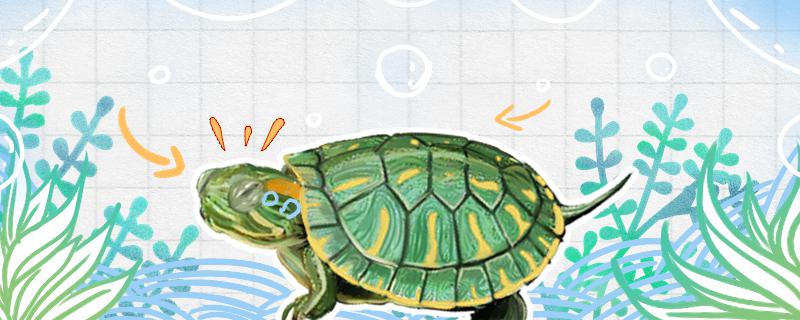
Brazilian tortoise is also known as the Brazilian red-eared tortoise, mainly because there are two thick red stripes on the back of its head, which look like ears. The body length of the Brazilian tortoise is oval, the back is slightly raised, the edge of the back is more obvious, and the edge is serrated. There are yellow-green stripes on the side of the head and neck, medium-sized eyes and short neck. The color of the whole body of the
Brazilian tortoise is varied, the carapace is apple green or emerald green, the carapace has yellow-green circular lines, the plastron is golden yellow, and there are regular patterns of copper coins. The Brazilian tortoise's limbs are relatively short, and there are relatively developed webbed feet between the toes, the forelimbs are five claws, the hind limbs are four claws, and the tail length is moderate.
? The Brazilian tortoise is suitable for water culture, because the Brazilian tortoise is a terrapin, and wild Brazilian tortoises live in water. If they are kept dry for a long time, they will easily suffer from water shortage. However, the water level should not be too deep for raising Brazilian tortoises, as long as it can cover the plastron, so that Brazilian tortoises will neither drown nor lack of water. Raising Brazilian turtles should also pay attention to water quality, it is best to change water 2-3 times a week, if it is raised with tap water, it needs to be dried for about a day before use. Or put stones or wooden boards in the breeding containers to create an amphibious living environment for them.